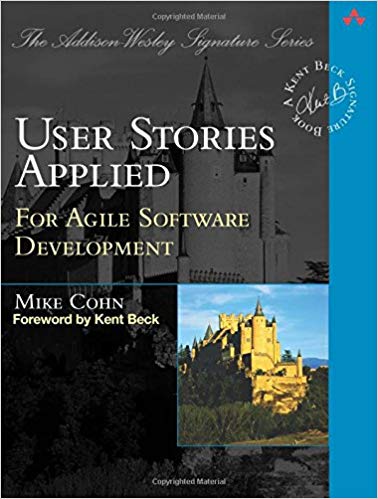Bill Wake came up with the INVEST acronym to help us remember guidelines for writing effective user stories: Independent, Negotiable, Valuable, Estimatable, Small, and Testable.
Independent: As much as possible, try to make sure that stories are not interdependent as this might lead to prioritization and planning problems. Independent is different from logical order of developing things. By independent, we mean story features. For example, let’s say we are supporting payment by credit card and we want to support payment by American Express, Mastercard and Visa. Well if we had a story for MasterCard and another for Visa, then the estimates will depend on which one we do first because implementing the other story will then be relatively straight forward. So we’d want to clarify and have one story represent “providing a primary payment option using VISA”. The other stories can then change to “provide a secondary payment option using American Express”.
Negotiable: A story should be brief. It is not a detailed contract. It’s purpose is to encourage ongoing conversation and scope negotiation between the customer and the developers.
Valuable: A story should provide value to the customer or the user. If a customer cannot think of a value statement, then perhaps we should de-prioritize the story or maybe the work is unnecessary, and we should eliminate it altogether.
Another reason to have a value statement is that value represents why we are building a certain feature. Presenting the team with the Why (value) and not just the What (feature) might trigger different ideas of alternate features that are easier or faster to develop and yet achieve the same goal and deliver the same business value.
Also, because a story is delivering a piece of functionality, the customer can figure out how much this functionality costs and then decide if they still need it.
Finally, remember that not all value is monetary. Mitigating risk is value. So is knowledge learning or acquisition.
Estimatable: Developers need to be able to estimate a story. It should be written in such a way that the developers can understand it and have an idea of how to implement it. Key factors for estimation are properly sized stories as well as domain knowledge and technical knowledge.
Testable: Stories should be testable in order to help determine completeness. A story should have an acceptance criteria. The acceptance criteria should be objective. Avoid using criteria like easy to use, fast or bug free. Try to write criteria that can be measured and tested (ideally automated). For example, test that payment verification responds in 1 second or less at least 95% of the time.
Learn more about INVEST and how to write good user stories in the Writing Effective User Stories Workshop.
Also, check out the entire Art of Storytelling Series:
- What is a User Story?
- Top 5 Advantages of User Stories
- The 6 Attributes of Effective User Stories – INVEST
- Top 3 Reasons to Split a User Story
- What’s the Right Size for a User Story
- Top 5 Techniques for Splitting a User Story
- What’s the Most Important Part of a User Story?
- 9 User Story Smells and Anti-patterns
- The Art of Storytelling – User Story Smells and Anti-patterns Presentation
Reference and recommend resource: User Stories Applied by Mike Cohn

